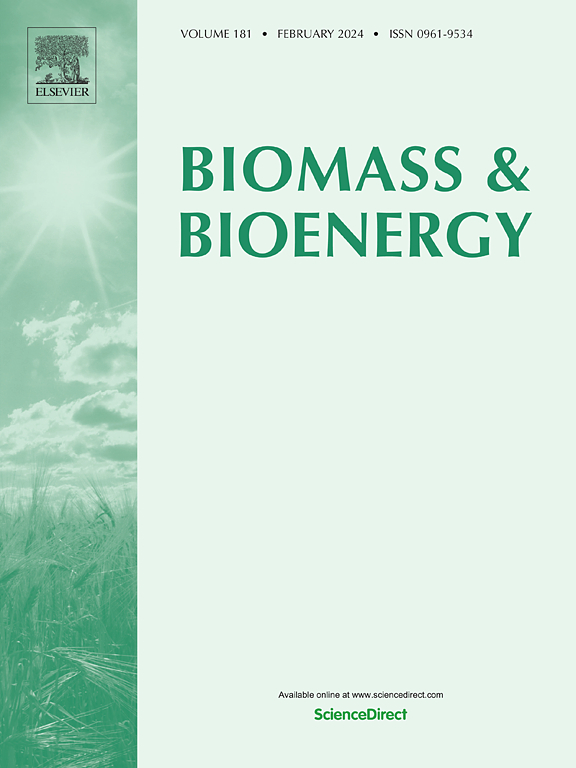Controlling the properties of lignin-polysaccharide macroporous materials with precursors viscoelasticity
IF 5.8
2区 生物学
Q1 AGRICULTURAL ENGINEERING
引用次数: 0
Abstract
Lignin is a byproduct in pulp and paper industries with a high potential for different applications, such as biomedical and environmental. Based on the previous applications, different lignins (sodium lignosulfonate and calcium lignosulfonate) were embedded in some polysaccharides (gellan gum or κ-carrageenan), forming a hydrogel network by taking advantage of their reversible thermal transitions. After that, hydrogels were freeze-dried to obtain a macroporous material. Rheology, FESEM, BET, FTIR, TGA, swelling and biocompatibility characterised hydrogels and the respective dried composites. Oscillatory analysis indicated that the highest storage moduli were found for the systems gellan gum-calcium lignosulfonate and κ-carrageenan-sodium lignosulfonate since the interactions between these compounds were increased depending on the different lignin cations. The respective infrared spectra confirmed the existence of electrostatic interactions (no new bonds were formed). Textural analysis showed that the composites had a macroporous structure (porosity higher than 95 %) with different pore size distributions (pores ranging from 1 to 1000 μm with a specific surface area lower than 5 m2 g−1). Hydrogels with a higher storage modulus promoted the formation of composites with a smaller pore size. In contrast, adding lignin reduced the swelling capacity of these composites (from 400 % to 1500 %) due to its hydrophobic character (although some composites showed a fast erosion). Finally, in vitro, results confirmed the biocompatibility of the most suitable composites for biomedicine. Therefore, this work demonstrated that properties (swelling and textural) of the lignin-polysaccharides composites can be tuned by controlling the viscoelastic properties of the precursor hydrogels.

求助全文
约1分钟内获得全文
求助全文
来源期刊

Biomass & Bioenergy
工程技术-能源与燃料
CiteScore
11.50
自引率
3.30%
发文量
258
审稿时长
60 days
期刊介绍:
Biomass & Bioenergy is an international journal publishing original research papers and short communications, review articles and case studies on biological resources, chemical and biological processes, and biomass products for new renewable sources of energy and materials.
The scope of the journal extends to the environmental, management and economic aspects of biomass and bioenergy.
Key areas covered by the journal:
• Biomass: sources, energy crop production processes, genetic improvements, composition. Please note that research on these biomass subjects must be linked directly to bioenergy generation.
• Biological Residues: residues/rests from agricultural production, forestry and plantations (palm, sugar etc), processing industries, and municipal sources (MSW). Papers on the use of biomass residues through innovative processes/technological novelty and/or consideration of feedstock/system sustainability (or unsustainability) are welcomed. However waste treatment processes and pollution control or mitigation which are only tangentially related to bioenergy are not in the scope of the journal, as they are more suited to publications in the environmental arena. Papers that describe conventional waste streams (ie well described in existing literature) that do not empirically address ''new'' added value from the process are not suitable for submission to the journal.
• Bioenergy Processes: fermentations, thermochemical conversions, liquid and gaseous fuels, and petrochemical substitutes
• Bioenergy Utilization: direct combustion, gasification, electricity production, chemical processes, and by-product remediation
• Biomass and the Environment: carbon cycle, the net energy efficiency of bioenergy systems, assessment of sustainability, and biodiversity issues.
 求助内容:
求助内容: 应助结果提醒方式:
应助结果提醒方式:


